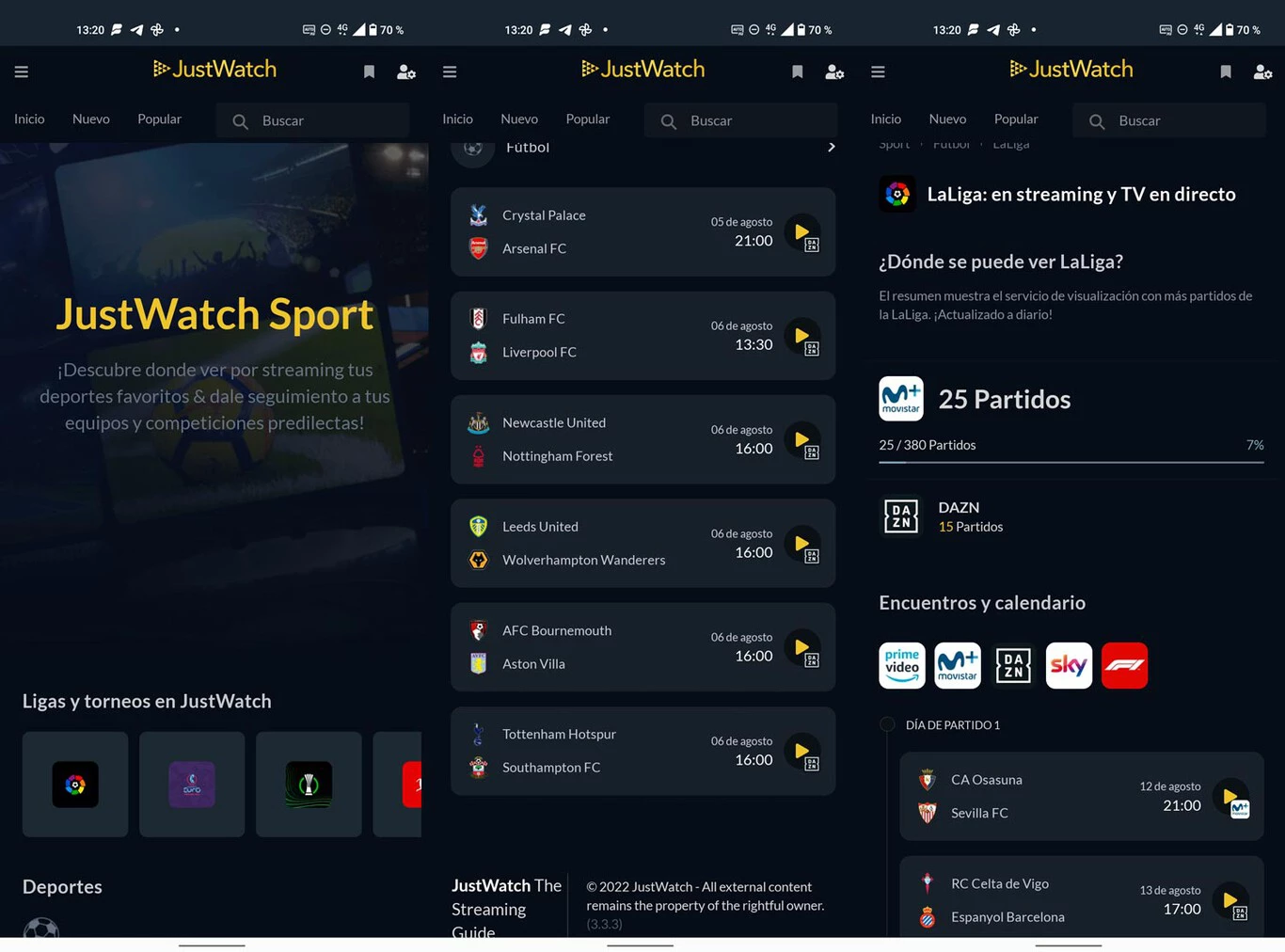Dell Pro 2K Webcam is a “cut down version” of the Ultrasharp Webcam

Dell Last year, it launched the Ultrasharp Webcam, a camcorder with a 4K Sony STARVIS CMOS sensor, a multi-element lens, and the backing of at least nine previously patent-pending technologies. The basic features already hinted that it was not a cheap product, which was confirmed by its price of $199.99. So, to capture more public, the company has just launched the Pro 2K Webcamwhich can be seen as a cheaper and more modest version, but which can also end up meeting the demands of many.
The Dell Pro 2K Webcam, compared to the superior model, supports a maximum resolution of 2,560 × 1,440 pixels (QHD), which is known in many circles as 2K without actually being it. The other resolutions it supports are Full HD (1,920×1,080) and HD (1,280×720). The QHD resolution can be used at 24 or 30 frames, while the other two go up to 60 images per second.
Another reduction is in the viewing angle, which in this case can be set only to 65 or 78 degrees compared to 90 reached by the Ultrasharp Webcam. The Dell Pro 2K Webcam uses USB Type-A (rectangular) as the cable connection interface. Possibly the company has opted for it with the expectation that it can be connected not only to a PC, but also to a monitor or other device that is performing the function of a USB hub.
Other features include autofocus, f/2.0 aperture, auto white balance, and auto light correction. Dell has announced that the device is certified for use with Zoom and Microsoft Team and that it has Face Detection Automatic Exposure (FDAE).
In keeping with the Ultrasharp Webcam, the new model also has a barrel-shaped design, can be placed on top of a monitor, and supports Dell Peripheral Manager to adjust its settings. In addition, it has a privacy shutter.
The Pro 2K Webcam has begun to be marketed in the United States at the price of $134.99, which we will see what they become once it reaches the European market. It won’t be the Ultrasharp Webcam, but for a youtuberfor example, is more than enough, especially seeing that most of the content served through the Google platform is consumed through mobile phones that do not support large resolutions, a factor to which is added the amount of data contracted for the mobile Internet .




